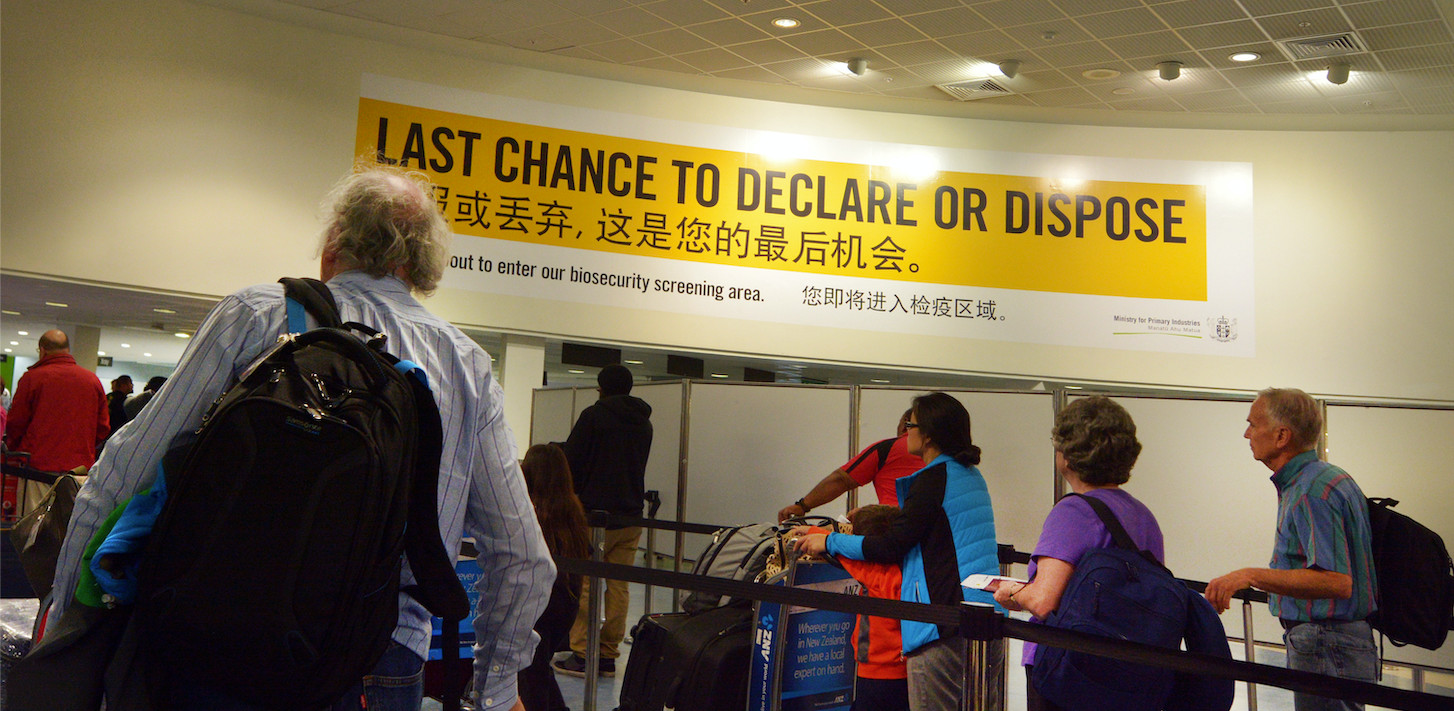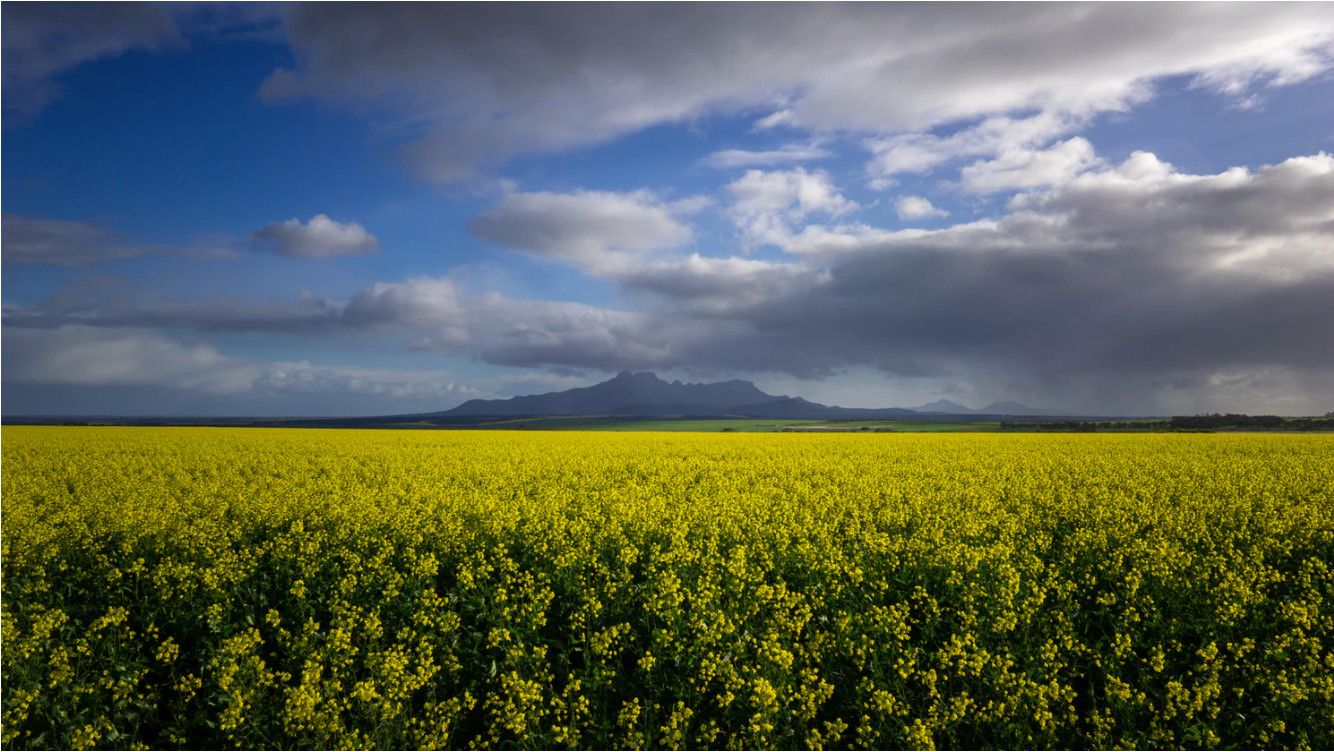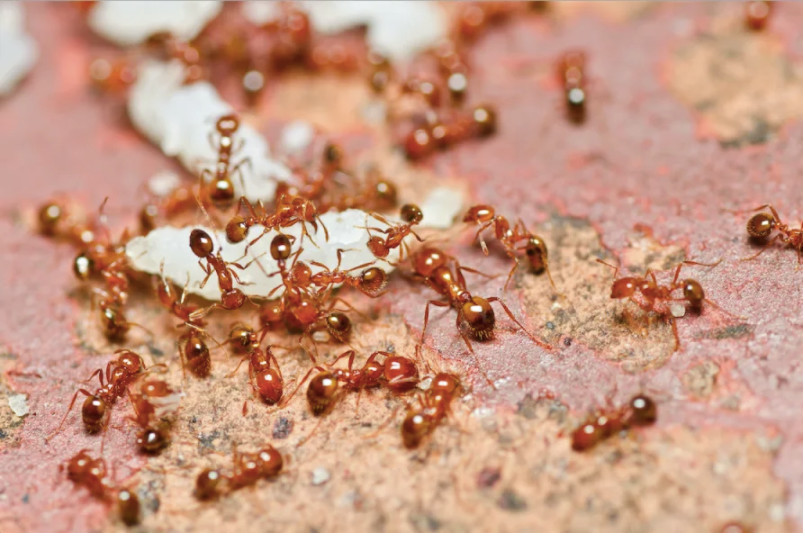
Sciences & Technology
The wicked risks of biosecurity

Australia will avoid $A314 billion in damages, at an average return on investment of 30:1 through the continued operation of its biosecurity systems, new research shows
Published 12 November 2020
As an island, Australia’s geography has long acted as a barrier to the entry of pests and disease into the country, however, globalisation is increasing the rates of movement of both people and goods into Australia from areas where these pests and diseases are more widespread.
It is the role of the biosecurity system to keep these organisms out, or eradicate them quickly if they sneak through.

Of course, the easiest way to do this would be to close the border to all trade and travel but this would come with some dramatic side-effects. Australia is a trading nation. Even now, at the height of a global pandemic, trade in goods is continuing despite our borders being closed to travel.

Sciences & Technology
The wicked risks of biosecurity
This idea is captured in the phrase ‘zero risk is both unattainable and undesirable’. What this means is that if we were to pursue zero risk, the cure would likely be worse than the disease. Instead, Australia officially aims to reduce the risk ‘to a very low level, but not to zero’.
The effect of the policy is that, by design, outbreaks will occur.
But what is an acceptable number of outbreaks? How can we be sure that a biosecurity system is effective? Is it keeping out more than we let in?
The critical step in any valuation is to determine what would happen if we were to do nothing. Of course, the challenge is that we can’t just turn the system off – “let ‘er rip”, and see what happens.
Working with the Department of Agriculture Water and Environment, the Centre of Excellence for Biosecurity Risk Analysis (CEBRA) at the University of Melbourne instead used an approach where we took estimates of how many outbreaks we expect to occur given given the circumstance – current trade and passenger volumes, interception rates, disease status and more – and then calculated the damages that are avoided over the next 50 years.

The key difference in our study is that we focussed on the assets that are at risk from biosecurity threats and modelled their decline in value over time rather than the other way around.

Risk and consequence analyses tend to focus on the threats and their potential damages, but this causes a multitude of issues once you move into the multi-species, multi-asset, space because the impacts are no longer independent. The same pig (or tree) can’t die twice.
It also puts assets at the heart of our analysis, which is important because the sole purpose of the biosecurity system is to protect these assets.
The value of these assets is substantial.
Our research team including Professor Natalie Stoeckl (University of Tasmania), Dr John Baumgartner (CEBRA, University of Melbourne), Professor Tom Kompas (CEBRA, University of Melbourne) and myself found that in their undamaged state, the biosecurity system protects assets worth more than $A5.7 trillion over a 50-year period.
In biosecurity circles, the gross value of agriculture is well known, but the challenge put to us by the Department was to also put a defensible value on those assets that are less well understood, like cultural and regulating services.
Ultimately, regulating services including erosion control, toxin mediation and carbon sequestration was the most valuable asset class with a flow of benefits worth more than $A111 billion per year.

Almost 60 per cent of the benefits protected by the biosecurity system are generated from environmental assets not traded in the market.

Sciences & Technology
Speeding natural selection in the name of conservation
This trend flipped once we began to look at the damages that are avoided as a result of the system.
We found that Australian agriculture is almost $A210 billion better off as a result of the work done both overseas and at the border to keep priority pests and diseases out of the country, whereas the biosecurity system protected regulating services and other ecosystem services to the tune of $A73 billion.
What was interesting, though, was how valuable biosecurity is to urban populations in terms of the damages that are avoided to domestic animals and recreation given biosecurity is often viewed as a rural issue.
Cats and dogs do really well from biosecurity, avoiding $A18 billion in veterinary treatment costs, even though the approach that we took in estimating their value was quite conservative.
But the real value arising from our project relates to its potential to help biosecurity agencies fine tune their investment in risk controls to ensure they get the maximum return on their investment.

Having an accurate understanding of how changes in the patterns of trade and travel translate into potential impacts on the ground is critical for ensuring that the system is able to respond effectively.

Sciences & Technology
From racehorses to bananas: The importance of biosecurity
It is well known that our biosecurity system is facing an increasing risk profile as global supply chains become more complex, international travel diversifies, and pests and diseases arrive in places that were previously free, so we’re hopeful that our work can help the Department tackle that.
Models such as these also help to communicate the risks faced by each and every Australian when it comes to making decisions about their relative level of preparedness for a pest or disease outbreak.
Understanding the risks and being prepared are the keys to resilience. Our results are yet another reminder that an effective biosecurity system is critical to Australia’s long-term prosperity. But also, it reminds us that we’ve all got a role to play.
Little things like declaring goods when you arrive back from overseas or being sure that you’re purchasing from a reputable supplier when buying goods online, make a big difference.
As we’ve seen recently with COVID-19, it only takes one small breach to undo everything.
An ounce of prevention really is worth a pound of cure, or in this case even more.
Banner: Shutterstock